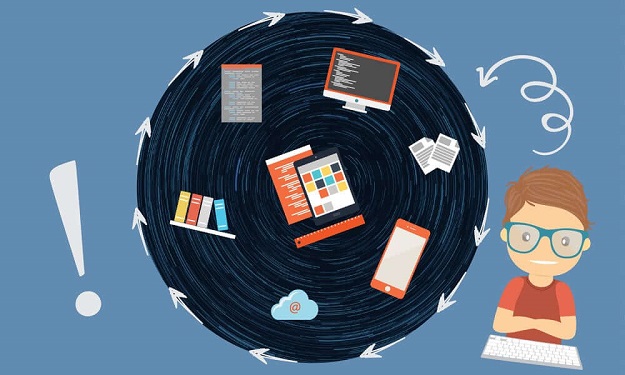When you think of a blog’s life cycle what comes to your mind?
Research, creation of a blog post, and publishing it online are some of the main steps involved in the whole process.
But as a marketer, it is crucial to understand that the life cycle of a blog is much more than just simply writing and sharing on social media platforms.
The success of your blog/article requires your focus from start to end – at every stage of a blog’s life cycle otherwise, your content won’t be able to connect well with your audience and generate leads for your website.
With 175,000 new blog post created each day, there are very few among them will make it past three months. To analyze how you can make your blog as enduring as possible, it is crucial to understand the life cycle of a blog and examine which stage requires more focus for the success of a blog that lasts long.
Stage 1: Choosing a Topic – Planning
It all begins with the selection of the right topic for your blog. It is the foundation to build your blog post.
Create reader persona to understand your target audience well. It includes the knowledge of the age, beliefs, and valuesof your target audience which is really helpful to plan a topic for your blog post.
Stage 2: Content Mapping
A road trip without a map is worthless, just like that a blog post withouta content mapping is useless. To engage your audience, it is important to outline and strategize your blog. Create a content map that drafts the questions that you will be answering and the keywords you are going to use in the blog.
Stage 3: Researching
Seek out the most trustworthy sources to provide quality insights and data in your blog. A well-researched blog with a handful of information attracts more readers.
Stage 4: Writing
Now with all the resources to create a blog, this stage includes engaging the audience with the power of writing. Think about the tone you are going to use taking your reader’s preference into account – professional, conversational, or an informal one.
Use a content map for the right flow of your blog and the research to support your points.
Stage 5: Editing
Once you are done with the writing part, proofread your blog to edit. We know, writing the blog part is hard, but editing is harder. It’s better to get your content analyzed before you make it live.
Check for grammar, error or inconsistencies in your blog. You can also ask someone else to have an eye on it. Know all your glitches and edit the blog post.
Stage 6: Formatting
This stage includes making your blog post more informative with the addition of images, videos or any other in-line elements to make it more attractive. Blogs containing images and visuals receive 94 percent more views than their non- visual counterparts.
Stage 7: SEO
Leveraging effective SEO tactics is essential for the success of your blog post. Use On-page and Off-page SEO techniques to optimize the blog for improved search engine ranking.
• Optimize Meta description, URL of your blog.
• Optimize your images build quality links by referring others with links.
Stage 8: Posting and Sharing
Now when your blog post is done with all the editing and formatting, hit the publish button to make it live.Develop your social media presence and share your blog/ articles on various social media channels. The social media channels like Facebook and Twitter have boatloads of traffic and contain your target audience. Use these platforms to increase the visibility of your brand.
Stage 9: Digital Marketing
Digital Marketing strategies help in increasing traffic and boosting brand awareness of a website. It is the best way to reach out to new customers and achieve your business goals.
Besides SEO, there are various other factors involved in the digital marketing of a blog.
• Social Media Marketing strategy
• Email-Marketing
• Website Analytics
• Content Marketing and Link Building Strategy
• Pay-Per-Click (PPC) marketing
• Public Relations
• Video Marketing
• Call-to-action strategy
• Voice Search Optimization
By focusing on every stage of the life cycle of a blog, you can ensure that your content marketing strategy will bring the ultimate results for your brand, and helps in expanding your business and increase ROI.

